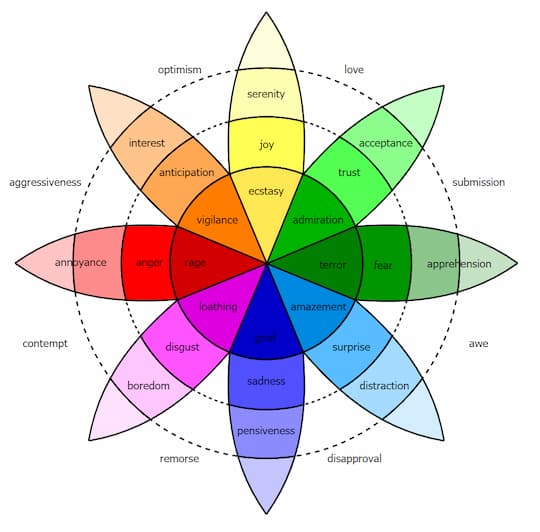The compounds found in this hot drink may provide new ways of treating high blood pressure.
Both black and green tea contain specific compounds that cause blood vessels to relax and widen, leading to lower blood pressure.
The antihypertensive properties of tea could provide promising treatment candidates for lowering blood pressure, scientists predict.
Tea leaves contain epigallocatechin-3-gallate and epicatechin gallate flavonoids, members of the catechin family.
A study found that these catechins can activate KCNQ5 which in turn causes blood vessels to relax.
KCNQ5 is a potassium channel found in the smooth muscle of blood vessels.
The catechins are antioxidants which have been shown to be effective against cancer and cardiovascular disease.
Professor Geoffrey Abbott, the study’s lead author, explained:
“We found by using computer modeling and mutagenesis studies that specific catechins bind to the foot of the voltage sensor, which is the part of KCNQ5 that allows the channel to open in response to cellular excitation.
This binding allows the channel to open much more easily and earlier in the cellular excitation process.”
Nearly one-in-three of the adult population have high blood pressure which is the leading risk factor for cardiovascular disease and premature death across the world.
Therefore, finding ways to treat this condition would save lives.
Past studies have suggested that drinking tea can consistently lower blood pressure in small amounts.
Understanding the effect of catechins on KCNQ5 can help with the development of anti-hypertensive drugs with higher efficacy.
Many countries, such as the USA and the UK, drink tea with milk but the antihypertensive benefits of tea may be reduced when it is mixed with milk.
The research team experimented with this idea and found that when milk was added to black tea it blocked the activation of KCNQ5.
However, Professor Abbott thinks that the human body will react differently:
“We don’t believe this means one needs to avoid milk when drinking tea to take advantage of the beneficial properties of tea.
We are confident that the environment in the human stomach will separate the catechins from the proteins and other molecules in milk that would otherwise block catechins’ beneficial effects.”
Moreover, the team has examined the effect of temperature on tea and found that at 35 °C the tea’s composition changes, giving greater effects on KCNQ5 activation.
Professor Abbott explained:
“Regardless of whether tea is consumed iced or hot, this temperature is achieved after tea is drunk, as human body temperature is about 37 degrees Celsius.
Thus, simply by drinking tea we activate its beneficial, antihypertensive properties.”
KCNQ5 is also expressed in the brain, playing a role in the regulation of neuronal function.
Mutations in KCNQ5 gene variants stops its channel working properly, causing brain disorders known as epileptic encephalopathy (seizures).
However, catechins have the ability to pass through the blood-brain barrier and activate KCNQ5.
This discovery might help scientists to develop a treatment for fixing broken KCNQ5 channels and amend brain sensitivity regarding seizure.
The study was published in the journal Cellular Physiology and Biochemistry (Redford et al., 2021).










